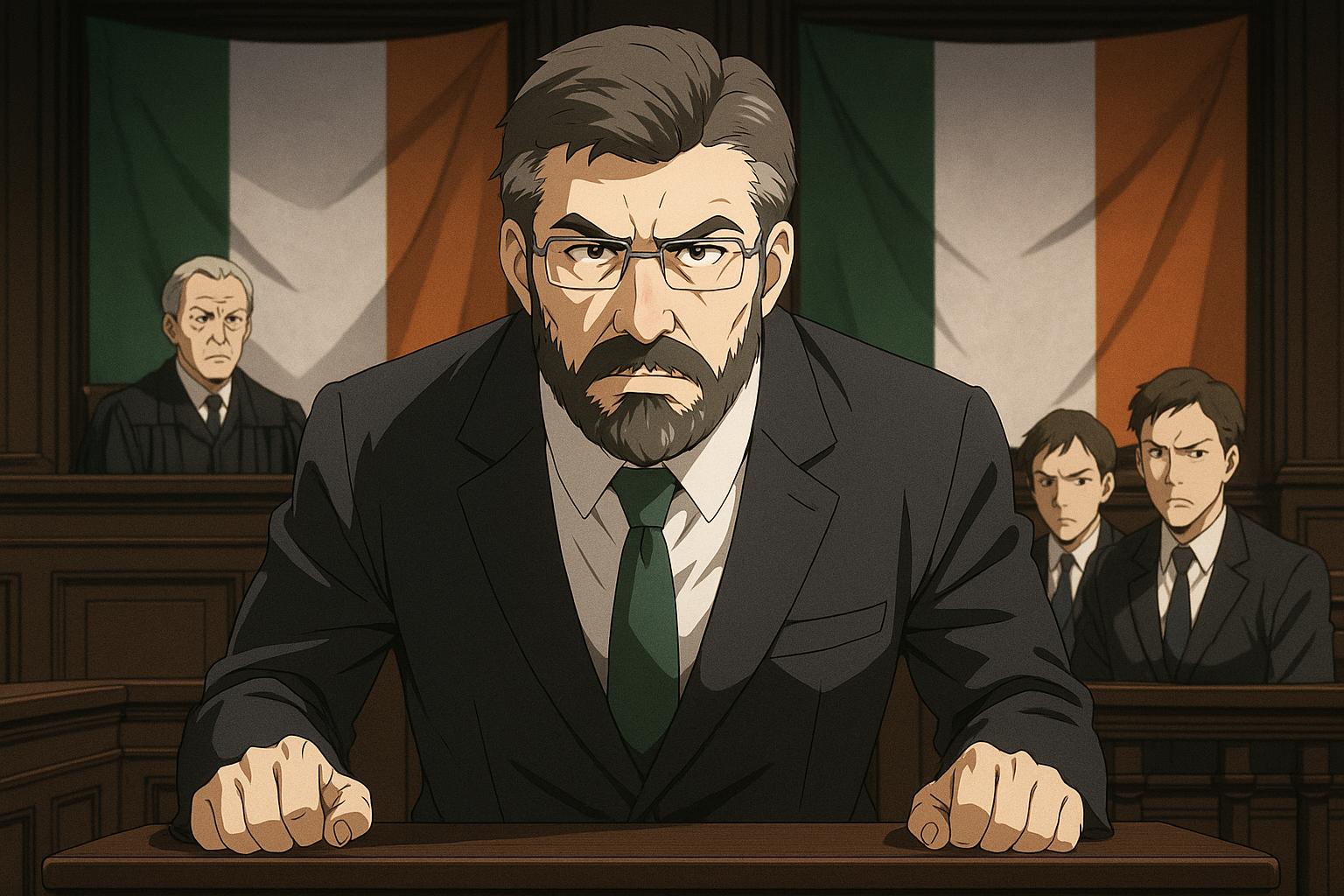The ongoing defamation trial involving Gerry Adams and the BBC has reignited complex discussions about Ireland’s divided history and the challenging nature of public narratives constructed around it. Adams, the former leader of Sinn Féin, is seeking damages of at least €200,000 (£168,000) following allegations made in a 2016 BBC Spotlight programme that claimed he sanctioned the killing of Denis Donaldson, a former Sinn Féin official turned MI5 agent. Judge Mr Justice Alexander Owens underscored the significance of the jury's role, clarifying that they are to operate not as journalists but as ordinary members of the public and are not being tasked with passing judgment on the historical intricacies of the situation.
In his instructions to the jury, Justice Owens explicitly asserted that their deliberations should not be grounded in the historical context of Irish politics or the peace process. “No jury, in my view, should be asked to give a verdict on Irish history,” he emphasised, pointing to the necessity for a focused assessment of the specific reputational impact on Adams as a result of the broadcast. The allegations at the heart of the case—believed to be grounded in multiple corroborating sources—accuse Adams of involvement in the ordering of Donaldson's murder, a claim he vehemently denies.
The BBC’s legal team has presented a robust defence, asserting that the claims made in the programme were supported by credible information from at least six different sources. They contend that the programme was not merely sensationalist but a necessary contribution to public discourse regarding an individual whose actions had significant implications for the peace process in Northern Ireland. Consequently, they argue, the broadcasting adhered to journalistic standards and served the public interest, a stance that Adams’ representation has sharply contested. Declan Doyle, acting for Adams, declared the allegation to be a "grievous smear," while suggesting that the very public nature of the accusation warranted substantial damages.
The complexities of Adams’ legacy—most notably his alleged historical ties to the IRA—have emerged once more within the courtroom’s discussions. Former attorney general Michael McDowell testified that public perception had long linked Adams to positions of influence within the paramilitary organisation, indicating a widespread belief in his connections to violence. This perception is juxtaposed against Adams’ continual denials of such affiliations, further complicating the narrative surrounding his public persona.
Moreover, Adams has described the BBC's response to his concerns regarding the Spotlight programme as “arrogant” and “insulting,” arguing that the allegations were publicised without sufficient evidence or an adequate consideration of his complaint. He has labelled the programme itself a “hatchet job,” which intensifies the scrutiny on the ethical obligations of journalism in reporting on figures associated with contentious histories.
As the trial continues, with Justice Owens preparing the jury for their eventual deliberations, the implications of this case reach beyond individual reputations into the broader context of how media representations shape public understanding of historical events. The intersection of media and memory, especially in the wake of a protracted conflict, is ever pressing, reminding us that the narratives we hold often require careful examination to discern their roots and impacts.
In conclusion, the outcome of Adams’ defamation case against the BBC will likely resonate within Irish society and history, where the intersection of personal reputation and collective memory remains a persistent challenge. As debates about accountability in media and truth in historical representation continue, this trial stands as a significant touchstone for both those involved and the wider public interested in the rich and often fraught tapestry of Irish history.
Reference Map:
- Paragraph 1 – [1], [2], [4]
- Paragraph 2 – [1], [5]
- Paragraph 3 – [3], [6]
- Paragraph 4 – [7]
- Paragraph 5 – [1], [2]
Source: Noah Wire Services
